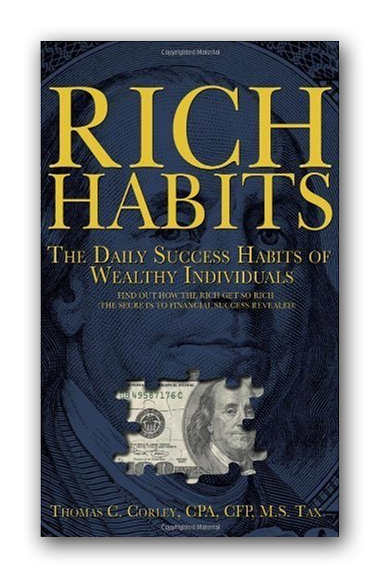
Has your hot water heater ever broken down? Has the roof of your home ever leaked? Have you ever had a major car problem? Do you have kids that go to college and the tuition must be paid before you send them off to school?
When you face one of these common problems, what’s your initial reaction? If you’re like most, thee problems create what we call stress. And stress makes you unhappy.
When you are poor or struggling financially, these problems and the unhappiness they create can linger for days, weeks or even months. Because you lack the money to immediately solve the problem, you must either borrow the money to fix the problem, apply some band aid solution which makes the problem go away temporarily or live with the consequences of not solving the problem.
Rich or poor, everyone faces common problems.
I spent the past 12 years studying the rich and the poor (Rich Habits Study) and found that there were 12 frequent big problems almost everyone has to contend with:
- Health Problems
- Financial Problems
- Family Problems
- Neighbor Problems
- Home Repair Problems
- Car Problems
- Addiction Problems
- Job Problems
- Relationship Problems
- Death or Disability Problems
- Time Management Problems
- Weather Problems
These are all common, modern day problems almost everyone, rich or poor faces. And these problems create unhappiness for everyone. The big difference between the rich and the poor, is that the rich are able to easily overcome and eliminate most of these problems and thus, eliminate the unhappiness these problems create.
When I analyzed my study data, I discovered that, out of all of these modern day problems, the rich really only struggle with four of these problem areas:
- Family Problems
- Health Problems
- Time Management Problems and
- Weather Problems.
If you do the math, that’s only 33% of life’s problems that the wealthy have to contend with. Or, looking at it another way – being rich eliminates 67% of life’s major problems. Being rich, therefore, eliminates 67% of life’s unhappiness.
Let’s delve into this in a little more detail. [Read more…]







